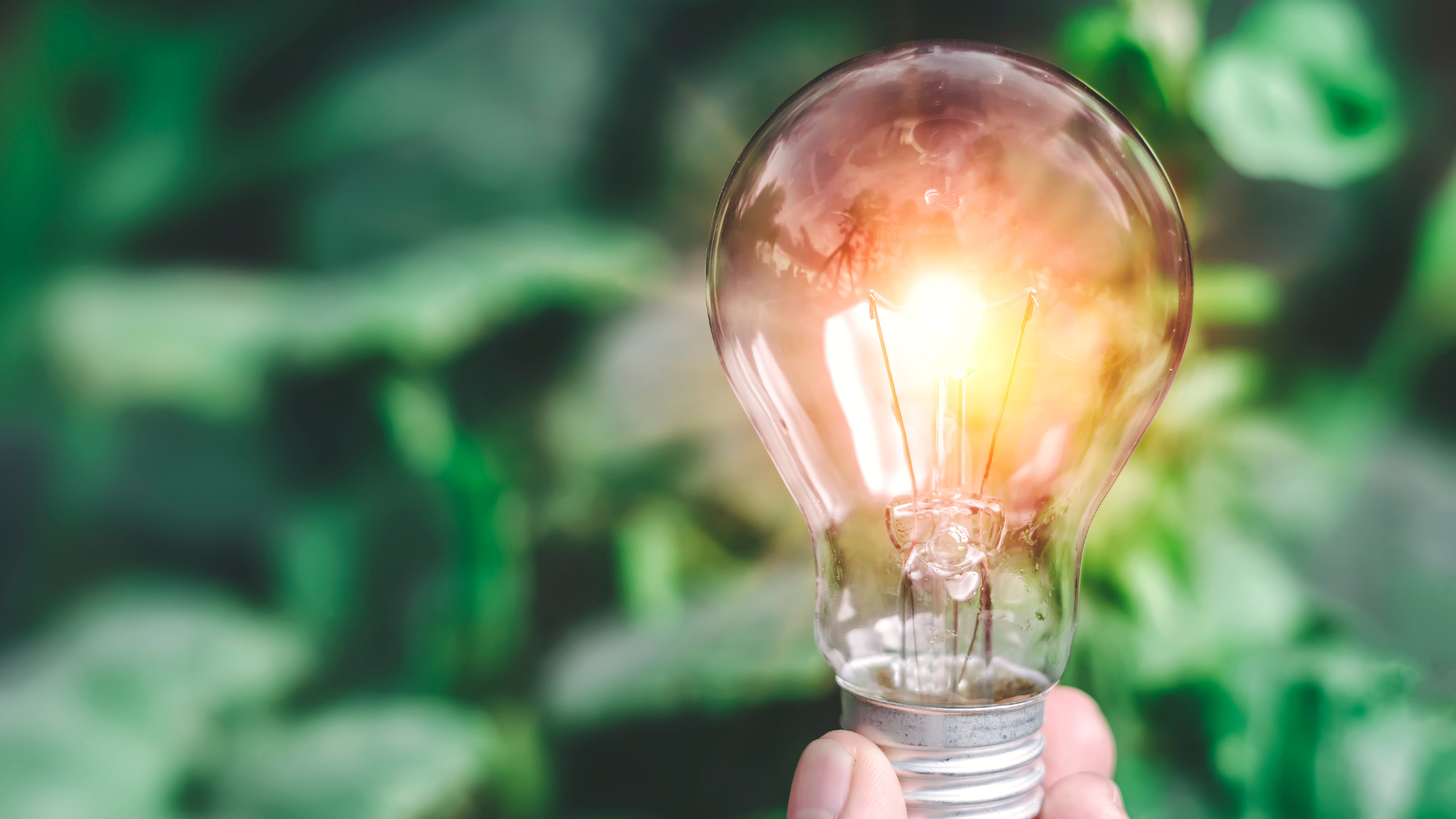Cutting Energy Costs with Smart Home Automation
Energy efficiency is becoming increasingly important for homeowners, especially as energy prices rise. Energy prices have increased significantly in recent years, making energy efficiency more important than ever. According to NAEDA, 20 million households were behind in their utility bills in 2022, owing $16.1 billion compared to $8 billion at the end of 2019.
In 2022, consumers paid 14.3% more for electricity than in 2021, according to the U.S. Bureau of Labor Statistics. It is expected to continue rising in the coming years. This means that homeowners who do not take steps to improve their energy efficiency will likely face higher energy bills in the future. Fortunately, smart automation technology can help homeowners reduce their energy consumption and lower their energy bills.
How Smart Automation Can Help
Smart Thermostats
Smart thermostats are among the most popular smart automation devices for improving energy efficiency. They can learn a homeowner's habits and preferences and adjust the temperature accordingly. This means homeowners can save money on heating and cooling costs without sacrificing comfort. Products like Alarm.com's Smart Thermostat can save up to 23% on energy bills annually.
Some smart thermostats use geofencing technology to adjust the temperature based on the homeowner's location automatically. For example, the thermostat can detect when the homeowner leaves the house and automatically adjust the temperature to save energy.
One lesser-known feature of smart thermostats that users love is the ability to monitor and control humidity levels in the home. Many smart thermostats come equipped with built-in sensors that can detect the humidity levels in a room, allowing the thermostat to adjust the temperature and humidity settings to maintain a comfortable and healthy indoor environment.
Smart Lighting
Smart lighting can also help with energy efficiency. With smart lighting, homeowners can control their lights remotely and set them to turn off automatically when they leave a room. This can help reduce unnecessary energy consumption and lower energy bills.
Products like the Philips Hue Smart Lighting system can be controlled remotely and programmed to turn off automatically when the homeowner leaves a room. It can also be used to create customized lighting scenes and save energy in the process.
Smart lighting systems can be equipped with motion sensors that automatically turn lights on when someone enters a room and turn them off when the space is empty. This ensures that lights are only used when they are needed, which can save energy and reduce costs. Smart lighting systems typically use energy-efficient LED bulbs that consume less electricity than traditional incandescent or fluorescent bulbs. LED bulbs are also long-lasting and don't need to be replaced as frequently, which can save homeowners money in the long run.
Smart Power Strips
Smart power strips are another great tool for improving energy efficiency. They allow homeowners to control the power usage of multiple devices at once and can turn off devices automatically when they are not in use. This can help reduce energy consumption and lower energy bills.
Some smart power strips, like the Kasa Smart Power strip, come equipped with energy monitoring capabilities, allowing homeowners to track how much energy their devices consume. This information can help homeowners identify which devices are consuming the most energy and take steps to reduce their usage.
The Belkin WeMo Insight Smart Plug allows homeowners to control the power usage of multiple devices at once. It can turn off devices automatically when not in use and provide energy usage data to help homeowners track energy consumption.
Smart Appliances
Smart appliances may have a higher price tag than their traditional counterparts, but their energy efficiency benefits can help homeowners save money in the long run. By using energy more efficiently, smart appliances consume less energy than traditional appliances. For example, a smart refrigerator can sense when the door is left open and adjust its temperature to reduce energy consumption. Smart appliances can also be programmed to run during off-peak hours when energy prices are lower and adjust their energy usage based on the grid's available energy. A smart dishwasher can optimize water usage based on the load size and level of soil, reducing both water and energy consumption.
According to energy.gov, appliances account for 15% of the average household's annual energy bill of around $2,000. However, depending on the appliance and usage patterns, smart appliances can help reduce this cost. While the exact amount of savings will vary depending on the appliance, usage patterns, and local energy rates, the energy savings will eventually offset the higher upfront cost of the appliance.
In today's world, it's more important than ever for homeowners to be energy efficient. Smart home technology can help homeowners achieve this by reducing energy consumption and lowering energy bills. Devices like smart thermostats, smart lighting, smart power strips, and smart appliances can give homeowners control over their energy usage and help them save money. With rising energy prices, investing in smart automation technology is a smart choice for achieving greater energy efficiency in your home.

